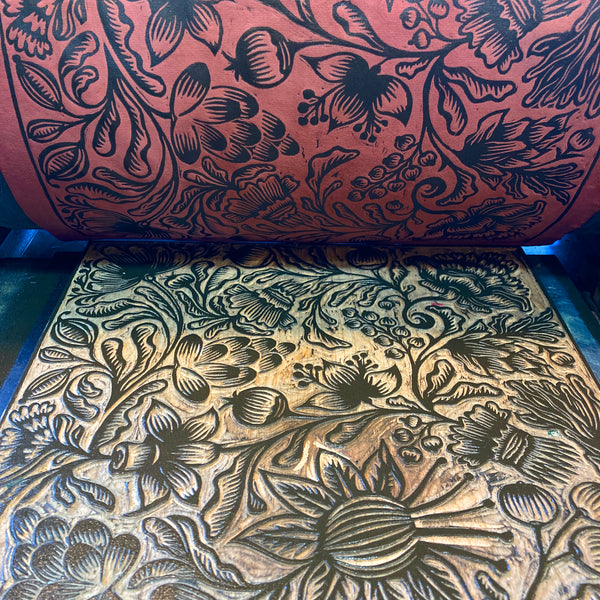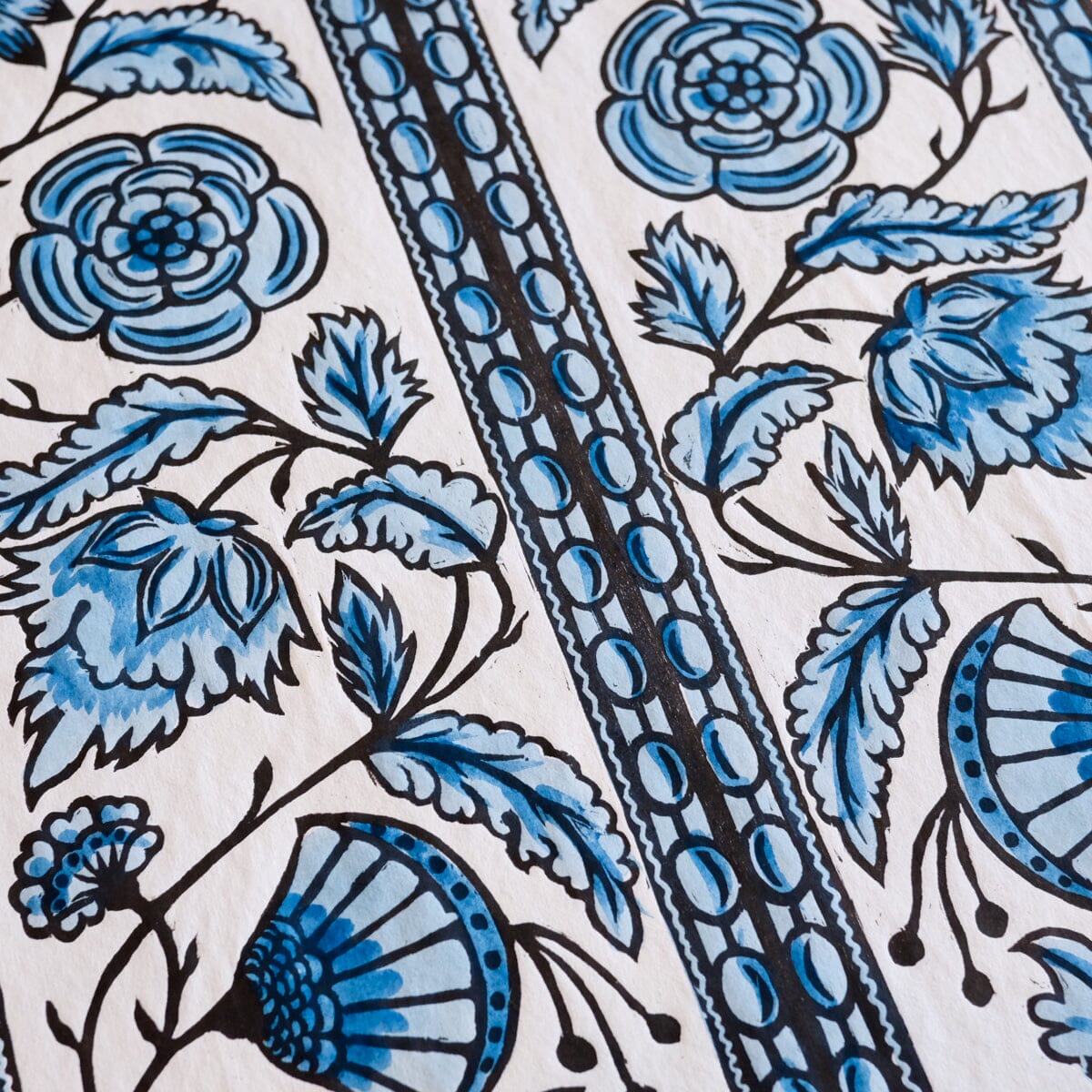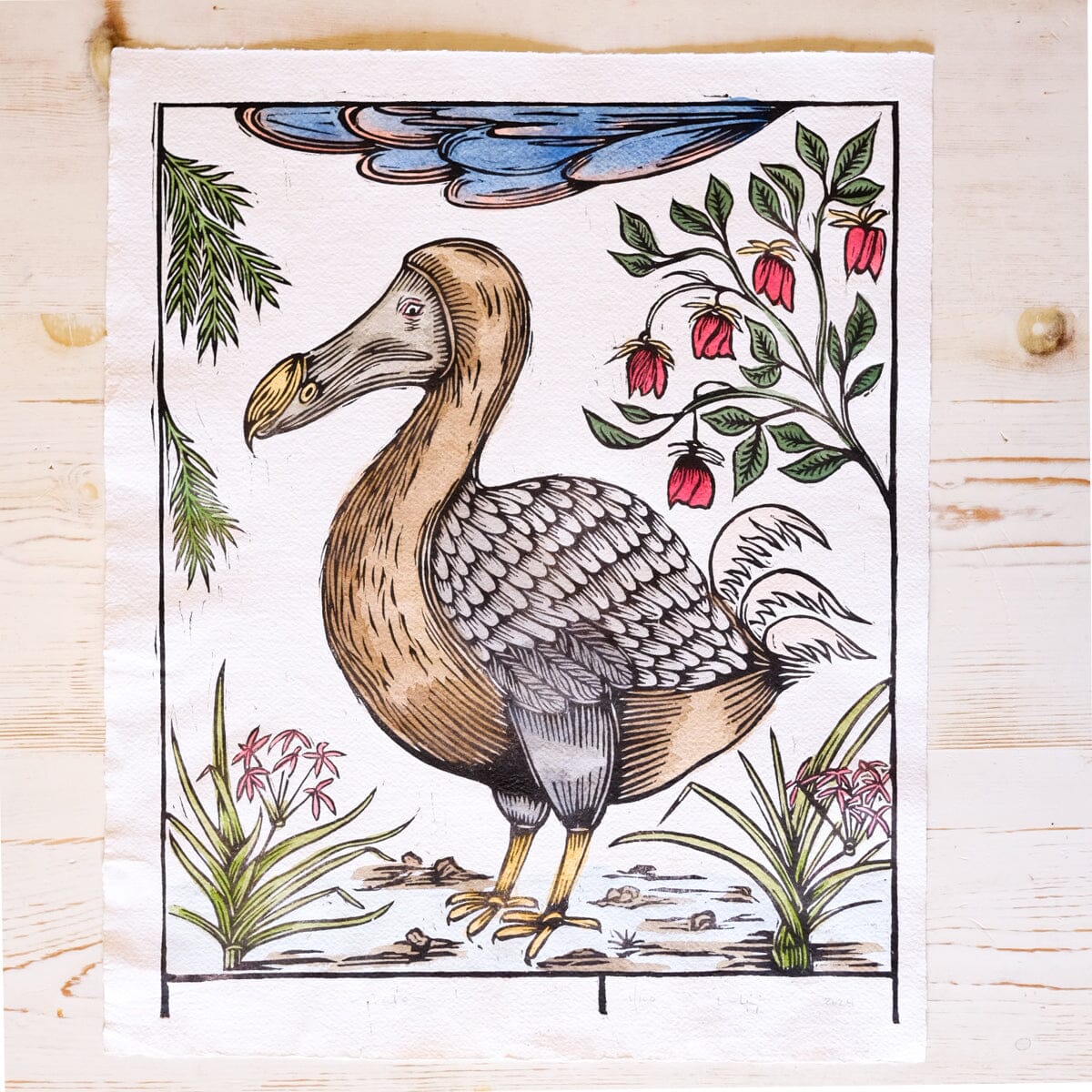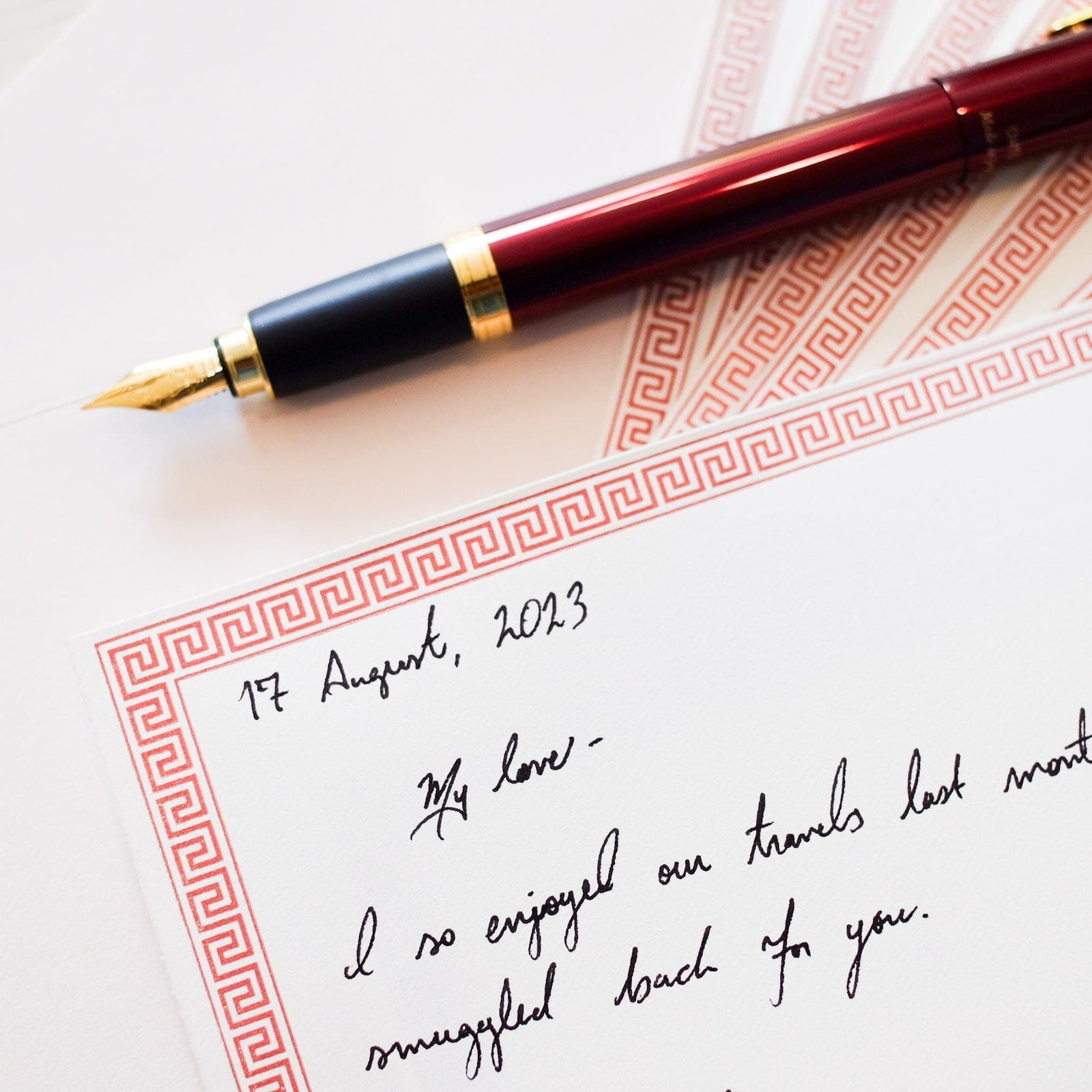- Home
-
SHOP
- New
- Planners & Journals
- Art Prints
- Framed Prints
- Hand-Painted Domino Papers
- All Prints
- Notebooks
- Stitch-Bound Notebooks
- Wire-Bound Notebooks
- Journals & Planners
- Other Notebooks
- Leuchtturm1917
- Cards & Stationery
- Writing Stationery
- Greeting Cards
- Cambridge Imprint
- Writing Instruments
- Kaweco: Pens & Ink
- LAMY: Pens & Ink
- Ferris Wheel Press: Pens & Ink
- Pineider: Italian Fountain Pens
- Vintage & Antique Pens
- Midori & Pilot Pens
- Bottled Ink
- Calligraphy
- Vintage Pencils
- Blackwing
- Tombow
- Caran d'Ache
- Desk Accessories
- Paperweights
- Stickers
- Stationery Accessories
- Dresden Foils
- Clips & Letter Openers
- Erasers
- Table Linens & Home Goods
-
Events & Classes
- Contact & Locations
- Blog
-
Weddings



 Brocade paper by Johann Michael Munck, c. 1740. University of Illinois Library.
Brocade paper by Johann Michael Munck, c. 1740. University of Illinois Library.


 Decorative element stamped with gold leaf. Papillon Press, 2022.
Decorative element stamped with gold leaf. Papillon Press, 2022.
 Some practice study drawings of floral elements. Papillon Press, 2023.
Some practice study drawings of floral elements. Papillon Press, 2023. Finished German Blooms design in pencil. Papillon Press, 2023.
Finished German Blooms design in pencil. Papillon Press, 2023. German Blooms carving in process. Papillon Press, 2023.
German Blooms carving in process. Papillon Press, 2023. German Blooms print on the press. Papillon Press, 2023.
German Blooms print on the press. Papillon Press, 2023.
 Several color combinations of German Blooms. Papillon Press, 2023.
Several color combinations of German Blooms. Papillon Press, 2023.
 Two full prints of German Blooms. Papillon Press, 2023.
Two full prints of German Blooms. Papillon Press, 2023.

